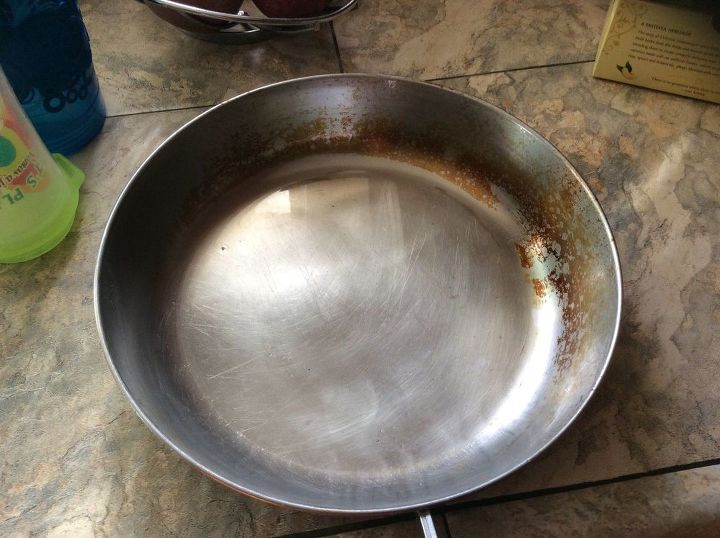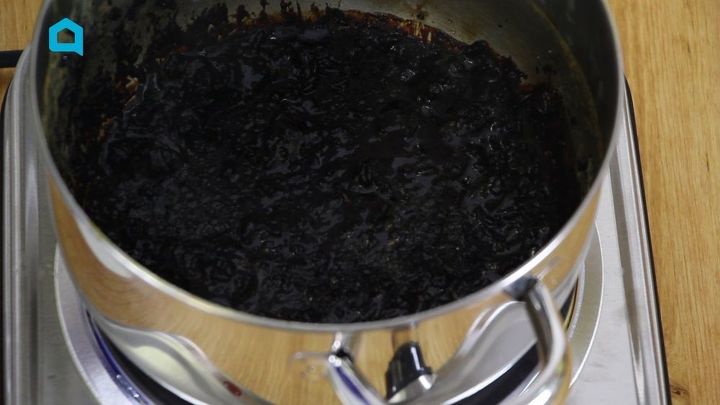How to remove stains (tomato acid) from a Sabatier carbon steel knife?
My Sabatier carbon steel chopping knife became discolored while using it to slice pizza. I think it was the acid in the tomatoes...How do I remove the discoloration?Thank you,Barbara
Related Discussions
How to clean a mirror without streaks?
Every time I clean my mirrors, they end up having tons of streaks and almost look worse than before I started. What could I use to clean them that won't leave streaks... See more
How to clean burns on stainless steel pans?
Help! I burned my pan. How do I clean stainless steel cookware that's been burned?
How to clean hardwood floors in the kitchen?
What is the best way to clean hardwood floors in the kitchen?
How to clean my kitchen cabinets from grease?
My kitchen cabinets are embarrassingly greasy. Please share your degreasing tips with me so I don't have to cringe every time I glance at my cabinets.
How do you remove muriatic acid splashes from a stainles steel sink?
My husband was using muriatic acid to clean some items in the garage and then brought items into the kitchen and splashed the acid on the stainless sink. It now has ... See more
What is the best way to clean a burnt pot?
I made a thick soup for winter and by accident left it on the fire for too long. Now my soup pot is basically ruined! Any hacks to help me clean the burnt pot? Need t... See more



Bar Keepers Friend is recommended.
http://sabatier-carbon-steel-knives.cookability.biz/care-use
make paste out of dawn dish soap and baking soda spread it on blade let sit then rinse with hot water baking soda can be abrasive so don't rub it on blade;wipe blades with wet cloth immedianely after using so they do not get ruined.
Caring for a carbon steel knife
Carbon steel blades are a popular choice for professional chefs; Japanese kitchen knives are traditionally made from carbon steel. Unlike stainless steel, carbon steel can rust if not properly looked after. This is because carbon steel knives do not have the protective chromium coating that comes with stainless steel knives.If food dries on a knife blade it can be difficult to get off, which can mean having to scrub the food off the blade – a task that’s not only dangerous (one wrong move and you could cut yourself) but which will compromise the sharpness of the blade. Acidic food can also corrode the metal, increasing the risk of rust. Again, wash, dry and store your blade as soon as you’ve finished using it.
The following tips will help to keep your carbon steel knife rust-free and in excellent condition for as long as possible: